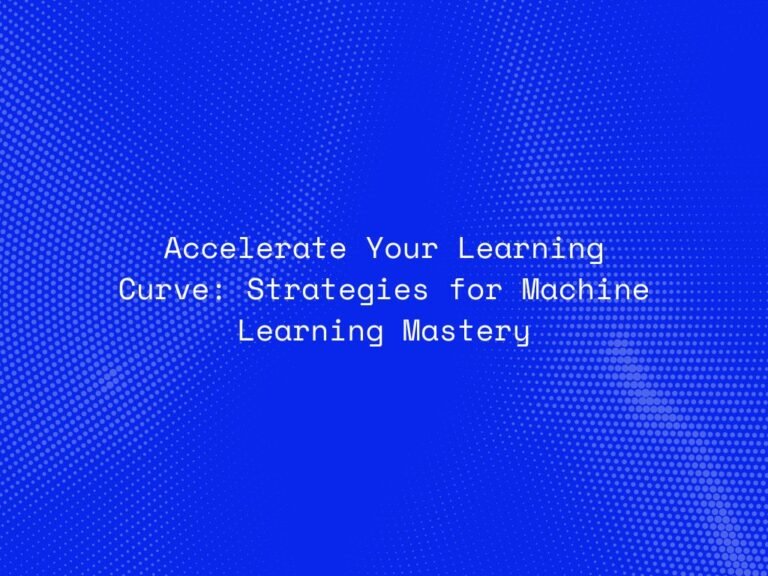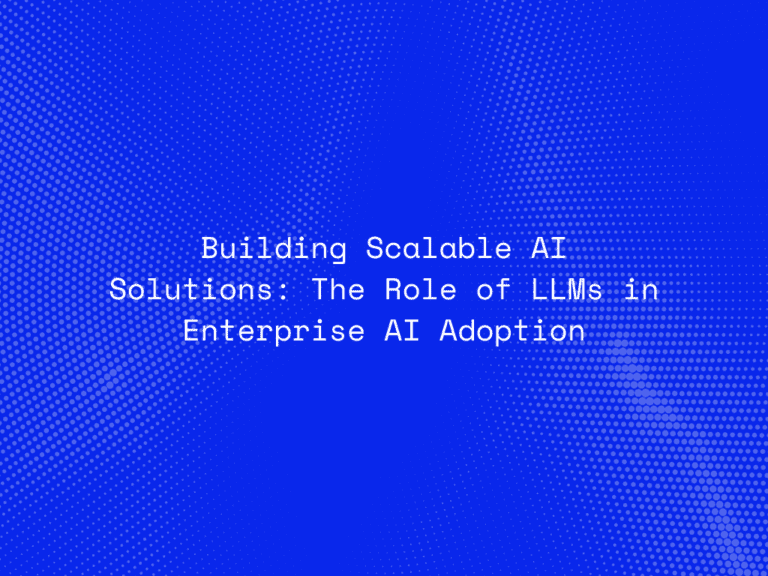Artificial Intelligence is no longer a back-office efficiency tool—it is now the foundation of innovation and growth across industries. Organizations that once treated AI as a support function are beginning to recognize that in order to lead in the digital economy, they must become AI-first. This shift demands more than technology adoption; it requires rethinking how culture, strategy, and execution are structured to fully leverage AI as a competitive advantage.
What Does It Mean to Be AI-First?
An AI-first organization places artificial intelligence at the core of decision-making, operations, and value creation. Unlike traditional businesses where AI is introduced incrementally, AI-first companies integrate intelligence into every function—from product development and customer engagement to supply chain optimization and governance.
Being AI-first is not about automating everything. Instead, it is about reshaping organizational DNA so that AI drives innovation, enhances human potential, and creates sustainable growth.
Rethinking Organizational Culture
Culture is the cornerstone of the AI-first transformation. Without the right mindset, even the most advanced AI tools can fail to deliver value. AI-first organizations cultivate a culture that embraces experimentation, continuous learning, and ethical responsibility.
-
Data as a common language: Data is treated as a strategic resource accessible across the enterprise, breaking down silos and enabling collaboration.
-
Continuous learning and reskilling: Employees are empowered with AI literacy programs, ensuring they can work effectively alongside intelligent systems.
-
Transparency and trust: AI adoption is communicated openly, with attention to fairness, bias, and explainability, ensuring both employees and customers buy in.
-
Human-AI synergy: Rather than fearing displacement, employees are encouraged to focus on higher-value work while machines handle repetitive tasks.
This cultural transformation redefines how people think, work, and innovate—making AI part of everyday business decisions rather than an external add-on.
Strategy in the AI-First Era
An AI-first strategy is not about deploying isolated pilots—it is about embedding intelligence into the core business model.
-
Reimagining customer experience: AI enables hyper-personalization, predictive insights, and proactive engagement, transforming how companies connect with their audiences.
-
Redefining competition: Markets are shifting toward intelligence-driven differentiation. Organizations with real-time, AI-backed insights move faster and outpace traditional competitors.
-
Responsible scaling: AI strategies are designed around ethical and regulatory frameworks, ensuring long-term sustainability and resilience.
-
New business models: AI creates opportunities for monetizing data, offering AI-driven products and services, and even opening access to entirely new markets.
AI-first strategy is not static—it evolves with technology and customer expectations, requiring continuous reassessment and alignment with broader business goals.
Execution: Turning Vision into Reality
Execution is where AI-first organizations stand apart. Visionary strategies must translate into measurable outcomes, and this requires strong operational foundations.
-
Automation at scale: Routine processes across HR, finance, logistics, and customer support are automated, allowing employees to focus on innovation.
-
Real-time decision-making: AI-driven dashboards and predictive analytics inform leaders instantly, improving responsiveness and accuracy.
-
Resilient operations: Predictive models reduce risks in areas such as supply chains, fraud detection, and cybersecurity.
-
MLOps and infrastructure: Successful AI-first execution requires robust pipelines, cloud-native architectures, and lifecycle management to ensure scalability and reliability.
Execution also involves governance frameworks that ensure accountability—clear ownership of AI initiatives, ethical review boards, and cross-functional collaboration to align technical and business objectives.
Real-World Examples of AI-First Success
-
Amazon integrates AI into logistics, product recommendations, and dynamic pricing, making it a leader in customer experience and operational efficiency.
-
Netflix leverages AI to personalize recommendations, optimize content investments, and reduce churn, proving the value of embedding intelligence into strategy.
-
Tesla demonstrates execution by fusing AI with product development, using real-world driving data to improve its autonomous driving systems.
-
Healthcare providers are integrating AI into diagnostics and treatment planning, where human expertise and AI insights complement one another for better patient outcomes.
Challenges in Becoming AI-First
Despite the opportunities, AI-first transformation is not without obstacles:
-
Talent shortages: Skilled AI professionals are in high demand, requiring organizations to invest heavily in reskilling.
-
Data governance: Ensuring quality, availability, and ethical use of data is a constant challenge.
-
Cultural resistance: Employees may fear AI adoption, requiring strong change management efforts.
-
Regulatory complexity: Global compliance requirements are evolving rapidly, and AI-first companies must stay ahead of them.
Addressing these challenges requires leadership commitment, long-term investment, and an unwavering focus on responsibility.
The Future of AI-First Organizations
AI-first organizations will shape the next decade of business by creating intelligent ecosystems. This future will feature:
-
Adaptive enterprises: Organizations that evolve continuously through feedback loops between AI systems and human input.
-
Hybrid intelligence: A seamless partnership where AI handles scale and speed, while humans contribute creativity, ethics, and empathy.
-
Responsible innovation: Companies that balance speed of adoption with accountability will gain not just competitive advantage, but also lasting trust.
As industries converge around digital transformation, AI-first organizations will not only lead markets but set the standards for innovation, transparency, and resilience.
Conclusion
Becoming AI-first is not about deploying technology faster than competitors—it is about rethinking culture, strategy, and execution to fully harness the potential of intelligence. Organizations that commit to this transformation will gain more than operational efficiency; they will achieve enduring differentiation, industry leadership, and the trust of their stakeholders.
The future belongs to enterprises that understand AI is not a tool, but a foundation for how modern organizations think, act, and evolve.




